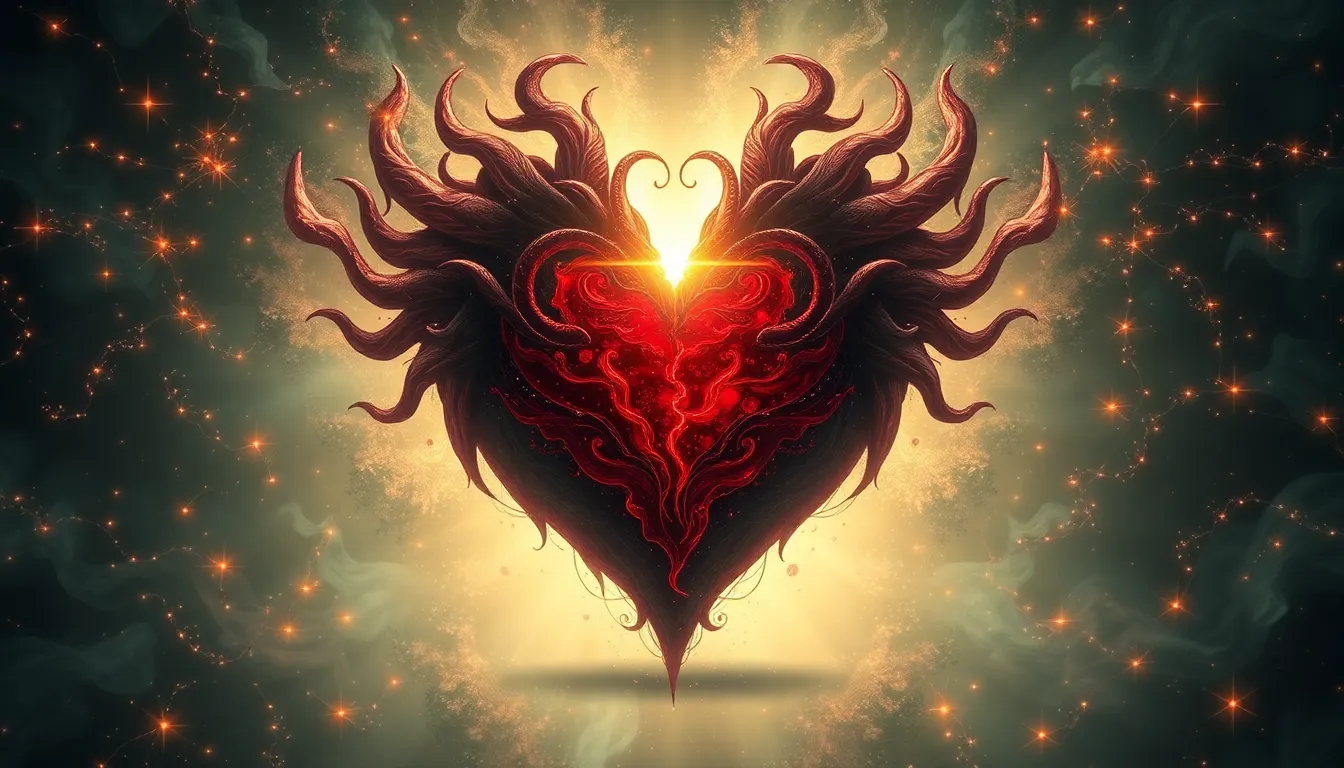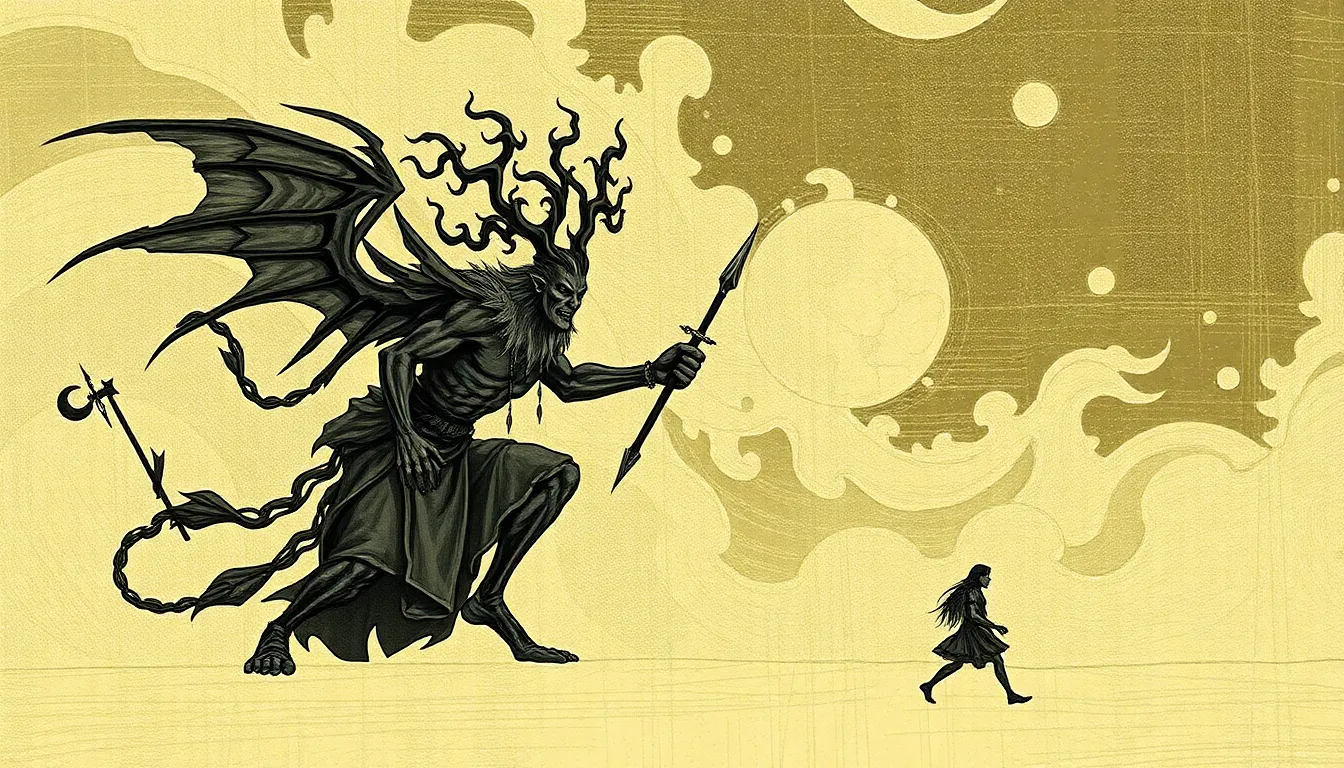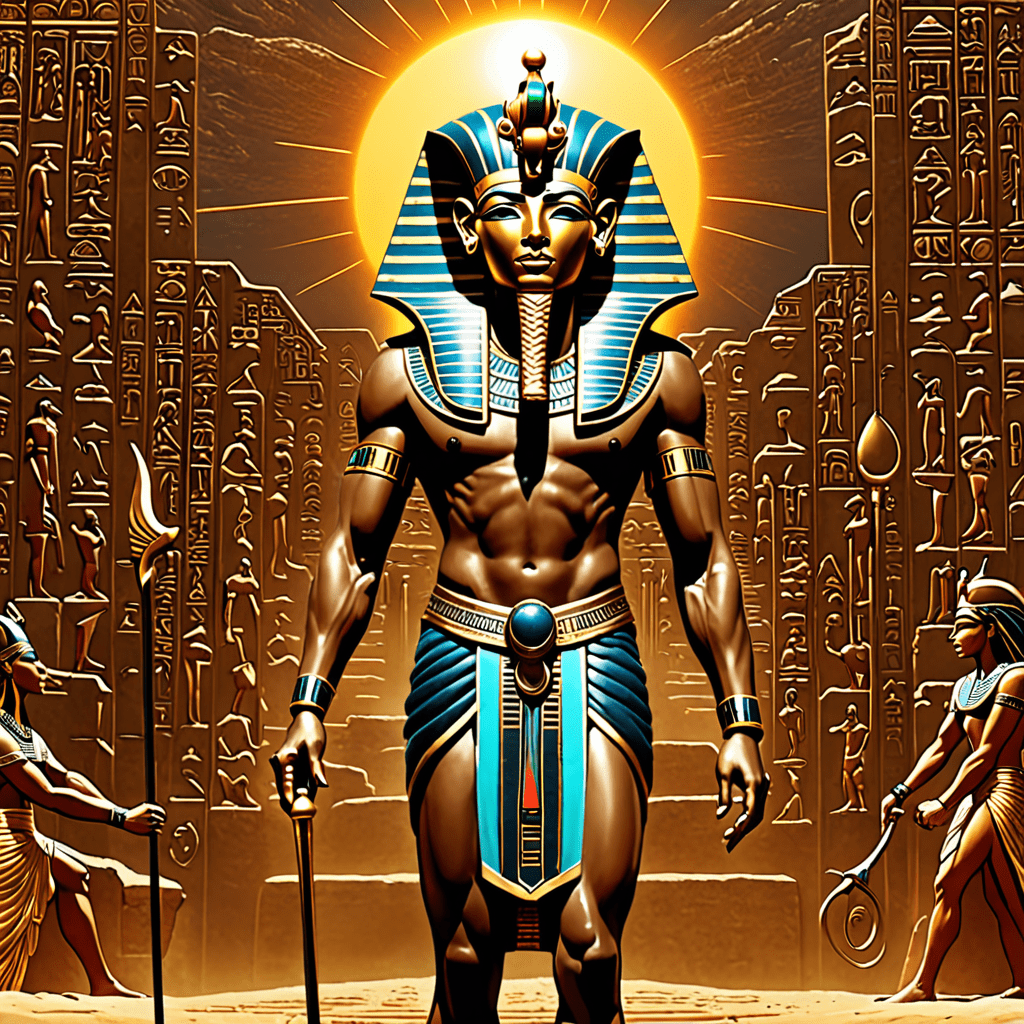Transformations of the Heart: Love Stories That Shift Reality in Myths
Introduction: The Power of Love in Mythology
Love has been a driving force in human experience, inspiring countless tales across cultures and epochs. In the context of mythology, love is often portrayed as a potent emotion that transcends ordinary boundaries, leading to transformative experiences for both individuals and societies. Love stories in myths not only captivate audiences but also serve as vehicles for moral lessons, cultural values, and existential questions.
Through various narratives, love can catalyze profound changes in characters, revealing the complexities of human relationships and their impact on destiny. Whether through passion, sacrifice, or divine intervention, these stories illustrate how love can alter the course of lives and shape entire civilizations.
The Role of Love in Shaping Myths
Love is a central theme in many mythologies around the world, acting as both a motivator and a transformative force. In various cultures, love stories often reflect societal norms and values, illuminating the ways in which love influences moral decisions and societal structures.
Some key aspects of love in mythology include:
- Depictions of romantic love as a powerful and sometimes dangerous force.
- The portrayal of love as a source of inspiration and creativity.
- Love as a means of exploring themes of loyalty, betrayal, and redemption.
These narratives often highlight the transformative power of love, showcasing how it can lead to personal growth, societal change, or even tragedy.
Iconic Love Stories in Mythology
Throughout history, numerous love stories have captivated the human imagination, each embodying the essence of their respective cultures. Some iconic tales include:
- Orpheus and Eurydice: This Greek myth tells the tragic story of Orpheus, whose love for Eurydice drives him to descend into the Underworld to retrieve her. His journey illustrates love’s power to confront death, but also the pain of loss when he ultimately fails.
- Pygmalion and Galatea: In another Greek tale, Pygmalion, a sculptor, falls in love with a statue he created. His love is so profound that the goddess Aphrodite brings the statue to life, showcasing the transformative power of love and art.
These stories not only entertain but also embody significant cultural values, exploring the complexities of love and its consequences.
Love as a Transformative Force
In many myths, love serves as a catalyst for personal growth and transformation. Characters often undergo profound changes due to their experiences with love, impacting their identities and destinies.
Examples include:
- Hercules: His love for Megara leads him to commit acts of heroism but also consequences that alter his fate.
- Tristan: His love for Isolde transforms him from a noble knight into a figure of tragic romance, illustrating how love can lead to both glory and despair.
These transformations highlight the dual nature of love, capable of inspiring greatness while also leading to downfall.
The Intersection of Love and Sacrifice
Many love stories in mythology intertwine themes of love and sacrifice, showcasing the lengths individuals will go for their beloved. The narrative of Tristan and Isolde exemplifies this, where their forbidden love leads to tragic consequences, ultimately resulting in self-sacrifice.
Similarly, in Shakespeare’s Romeo and Juliet, the young lovers’ passion and resulting sacrifices underscore the idea that love often demands a high price. These tales illuminate the complexities of love, where sacrifice becomes a testament to deep emotional bonds.
Divine Love vs. Mortal Love: A Dichotomy
Mythology often presents a dichotomy between divine love and mortal love, with differing outcomes and transformations. Love stories involving gods frequently highlight themes of power and immortality, while mortal love tends to emphasize vulnerability and the ephemeral nature of life.
For example:
- Aphrodite and Ares: Their passionate affair represents divine love characterized by beauty and strife, often resulting in chaos.
- Psyche and Eros: Their love story illustrates the trials of human emotion and the transformative journey from mortal struggles to divine acceptance.
This contrast reveals how love can transcend human limitations or, conversely, ground divine beings in the reality of human experience.
The Role of Destiny and Fate in Love Myths
Destiny and fate play crucial roles in many love myths, shaping the narratives and outcomes of relationships. Some myths depict love as an unstoppable force that can defy fate, while others illustrate the tragic inevitability of destiny.
Case studies include:
- The story of Pyramus and Thisbe: Their love is thwarted by fate, leading to tragic consequences that emphasize the power of destiny.
- Odysseus and Penelope: Their enduring love withstands the trials of fate, showcasing loyalty and hope in the face of obstacles.
These narratives highlight the tension between love and fate, exploring how characters navigate their paths amidst predetermined outcomes.
Cultural Variations: Love Stories Across the Globe
Love stories are not confined to one culture; they span the globe, reflecting diverse interpretations of love and transformation. For example:
- Hindu Mythology: The tale of Radha and Krishna emphasizes divine love, illustrating the concept of love as a spiritual endeavor.
- Native American Legends: The story of the star-crossed lovers, often involving nature and the cosmos, showcases love’s connection to the earth and spirituality.
These variations highlight how different cultures view love, infusing their narratives with unique meanings and lessons on transformation.
Modern Reflections: Love Myths in Contemporary Culture
The influence of ancient love myths persists in modern literature, film, and art, adapting timeless themes to contemporary contexts. Many works draw inspiration from mythological love stories, reinterpreting them for new generations. Examples include:
- Films like Romeo + Juliet: A modern retelling that captures the essence of forbidden love and its consequences.
- Books such as The Song of Achilles: This novel reimagines the love story of Achilles and Patroclus, emphasizing the timeless nature of love and loss.
These adaptations not only keep the stories alive but also resonate with contemporary themes, reflecting ongoing human experiences of love and transformation.
Conclusion: The Enduring Legacy of Love in Myths
Love stories in mythology remain a powerful testament to the human experience, revealing the transformative nature of love across cultures and eras. From the trials of Orpheus to the sacrifices of Tristan, these narratives encapsulate the complexities and dualities of love.
As we reflect on these stories, we find that love continues to inspire transformation, shaping identities and destinies. The enduring legacy of love in myths serves as a reminder of its timelessness and universality, offering insights that resonate through generations.



